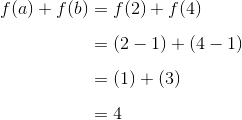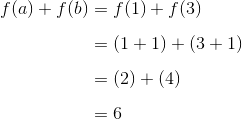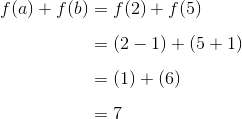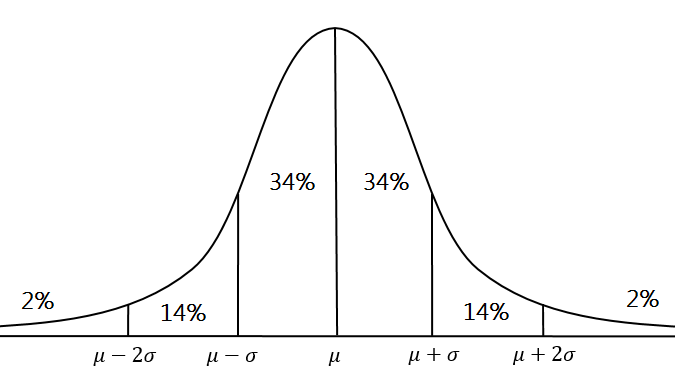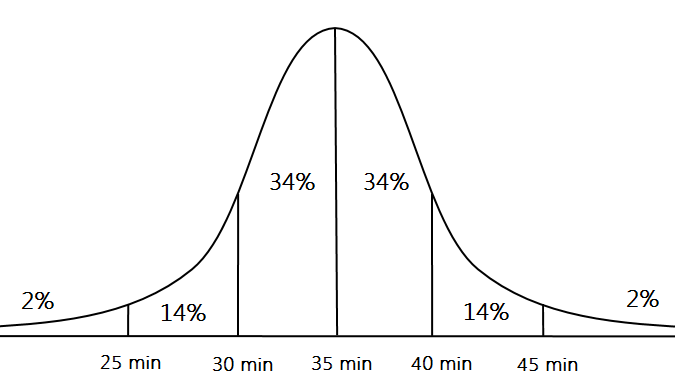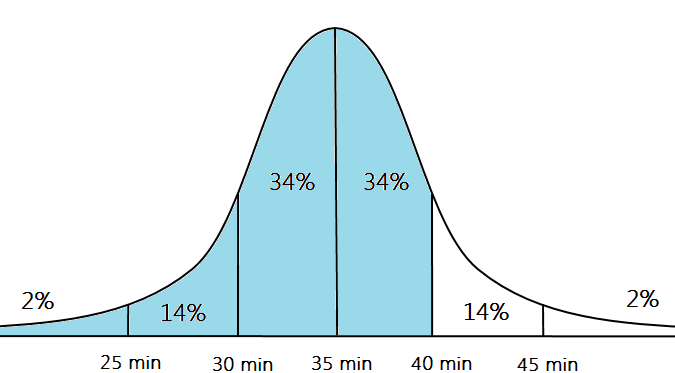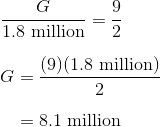This page is part of my unofficial solutions manual to the GRE Paper Practice Book (2e), a free resource available on the ETS website. They publish the questions; I explain the answers. If you haven’t worked through the Practice Book, give Section 6 a shot before reading this!
6.25: Range of a List
Here we are at last: the final problem of the Paper Practice Book. If you’ve read the solutions to previous problems (specifically 5.24 and 6.2), you don’t need me to tell you that this is a rangefinding problem. That means instead of trying out each answer, we’re going to figure out the minimum and maximum values that the problem conditions allow.
This problem actually asks us for the range of the list, meaning the difference between the largest and smallest numbers in the list. The smallest number is 3.7, a constant; the largest is 2a, a variable. So our range is
But in order to figure out the minimum and maximum values of that expression, we first need to find the minimum and maximum values of 2a. We have two sources of information about the variable a in this problem:
- a itself, which is in the middle of the list
- 2a, which comes at the end of the list
When it first appears, a is between 4.1 and 8.5. Multiplying those quantities by 2 gives us
A further restriction on the value of 2a comes from the end of the list, where we learn that
Combining those two inequalities allows us to set the following bounds on the value of 2a:
We’re now in a position to find the minimum and maximum range. As 2a approaches its lower limit of 9.2, the range of the list approaches its lower limit of
And as 2a approaches its upper limit of 17.0, the range of the list approaches its own upper limit of
Putting this all together, we get
which means that all of the values between 5.5 and 13.3 — answers (C), (D), and (E) — are correct answers.
Math Review Reference
For more on this topic, see the following section of the GRE Math Review:
- 4.2: Numerical Methods for Describing Data (pp. 70-71)


